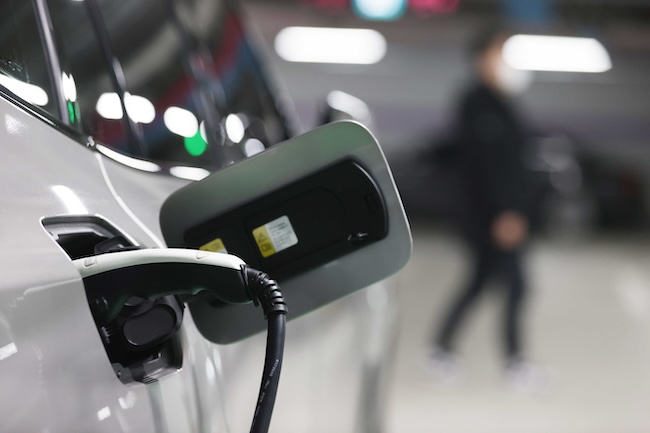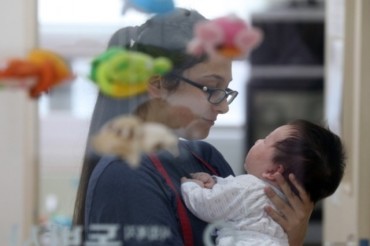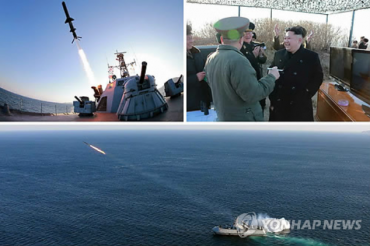
Electric vehicle (EV) subsidies in South Korea are facing scrutiny as disparities in subsidy amounts. (Image courtesy of Yonhap)
SEOUL, Feb. 21 (Korea Bizwire) – Electric vehicle (EV) subsidies in South Korea are facing scrutiny as disparities in subsidy amounts, particularly between Tesla’s Model Y RWD and Hyundai’s Ioniq 6, spark debates on potential favoritism towards domestic car manufacturers.
The Ministry of Environment, responsible for the subsidy program, has revamped the subsidy structure to favor more environmentally friendly vehicles, despite criticisms of its complexity.
On February 20, the government announced changes to the EV subsidy guidelines, emphasizing the introduction of a ‘Battery Environmental Factor’ that rewards vehicles using batteries with higher recycling economic value.
This factor calculates the value of precious metals in a kilogram of battery material, incentivizing the use of materials with better recycling prospects.
The controversy arises from the significant reduction in subsidies for Tesla’s Model Y RWD, which uses lithium iron phosphate (LFP) batteries, considered less economically viable for recycling due to their lower content of valuable metals compared to nickel cobalt manganese (NCM) batteries.
This has led to speculation that the revised subsidies aim to curb the popularity of foreign EVs equipped with Chinese-made LFP batteries.
The government argues that with the abolition of the mandatory return of used batteries in 2021, the responsibility for battery recycling has shifted entirely to the private sector, necessitating the inclusion of recycling economics in the subsidy criteria.
The move aims to encourage the use of batteries with higher recycling value and incorporate the ‘social cost’ of using less recyclable batteries into the price of batteries or EVs.
Additionally, the ‘Battery Energy Density’ criterion, which reflects the output per liter of battery, has also been incorporated into the subsidies, favoring NCM batteries over LFP batteries. This decision has been criticized for potentially hindering the distribution of affordable EVs equipped with the cheaper and more stable LFP batteries.
The government has defended its stance by stating that the inclusion of energy density in subsidy calculations is aimed at reducing non-exhaust emissions, such as particulate matter from tire and brake pad wear, in line with emerging EU regulations.
Lighter batteries contribute to reducing the overall weight of EVs, thereby lowering non-exhaust emissions and promoting the mass adoption of EVs by ensuring sufficient range on a single charge.
Concerns have been raised that the subsidy structure, perceived as favoring domestic manufacturers, could be exploited by foreign governments or entities to disadvantage Korean automakers or battery producers.
However, there have been no formal complaints through diplomatic channels regarding the subsidy system to date.
Kevin Lee (kevinlee@koreabizwire.com)






